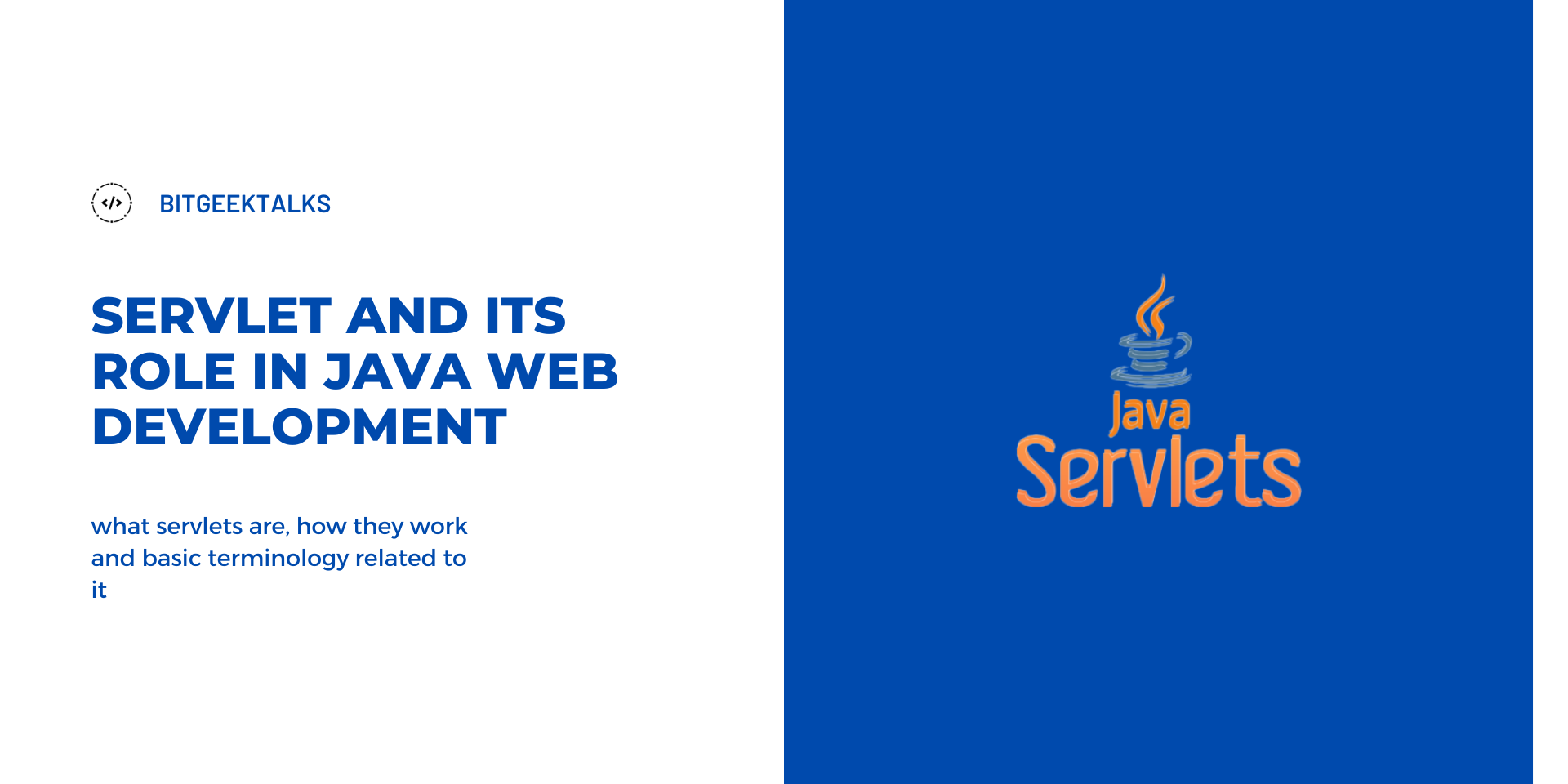Explain web server, web Application, web client and servlet container in brief
Web server, Web application, Web client and Servlet container sre the few terms used before, Let's have a brief explanation of these terms:
- Web server: A web server is a software that runs on a computer and is responsible for serving web content to clients over the internet. When a client, such as a web browser, requests a resource from a web server, the server sends back the requested resource along with a response code indicating the status of the request.
- Web application: A web application is a software program that runs on a web server and is accessed by clients through a web browser. Web applications are typically dynamic, interactive, and can perform a wide variety of tasks, such as processing form data, authenticating users, and storing data in a database.
- Web client: A web client is a software program that sends requests to a web server and receives responses from it. Web browsers are the most common type of web client.
- Servlet container: A servlet container, also known as a servlet engine, is a software component that runs on a web server and is responsible for managing the execution of servlets. It provides the runtime environment for servlets and handles tasks such as loading the servlet class, calling its service method, and managing the servlet's lifecycle. Some examples of servlet containers are Apache Tomcat and Jetty.
Now let's understand, What do we mean by static response and dynamic response.
A static response is a response that is the same every time it is sent. It does not change based on the request or any other factors. For example, if you request a static HTML page from a web server, the server will send back the same HTML page to every client that requests it.
A dynamic response, on the other hand, is generated in real-time in response to a specific request. It can be customized based on the request parameters or other factors. For example, if you request a dynamic web page that displays a personalized greeting, the server might generate a different page for each user with a unique greeting based on the user's name.
Dynamic responses are often generated using server-side technologies such as servlets, which can process client requests, retrieve data from a database, and generate a customized response. Static responses, on the other hand, are typically served directly from a file on the server without any processing.
Differentiate between Static response and dynamic response
Here are the main differences between static responses and dynamic responses:
- Generation: Static responses are pre-generated and stored on the server as files, while dynamic responses are generated in real-time in response to a specific request.
- Customization: Static responses are the same every time they are sent, while dynamic responses can be customized based on the request or other factors.
- Performance: Static responses are generally faster to serve because they are stored on the server and do not require any processing. Dynamic responses, on the other hand, can be slower because they require the server to perform additional tasks such as querying a database or calling an external API.
- Scalability: Serving static responses is generally more scalable because the server does not have to perform any additional processing for each request. Dynamic responses can be more resource-intensive and may not scale as well.
- Security: Static responses are generally less vulnerable to security risks because they do not involve any server-side processing or manipulation of data. Dynamic responses, on the other hand, can be more vulnerable if they do not properly sanitize user input or properly handle sensitive data.

